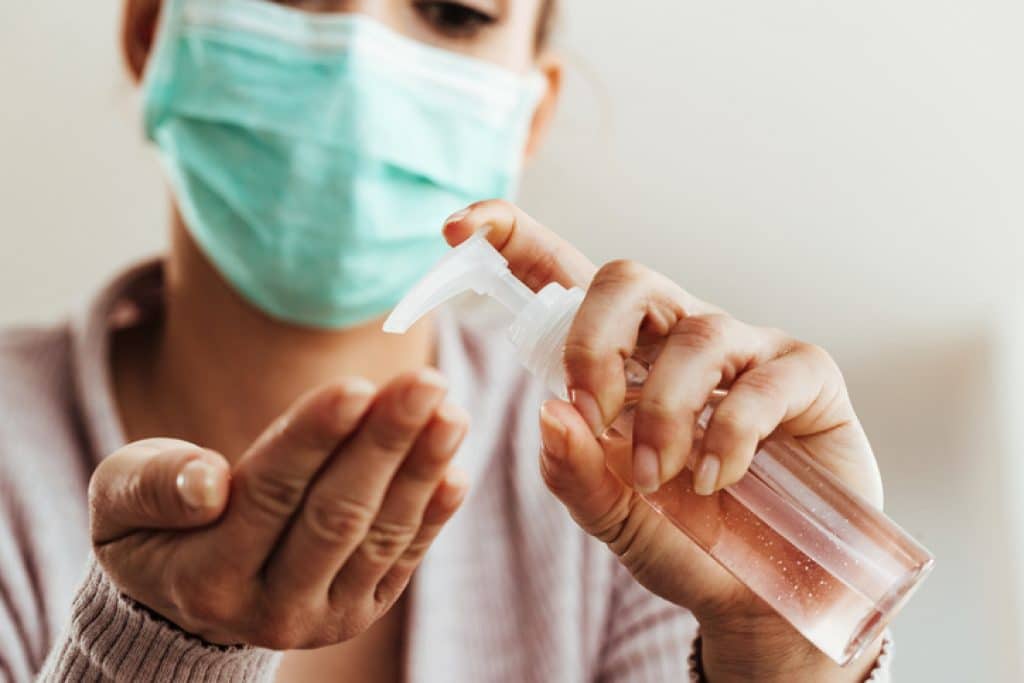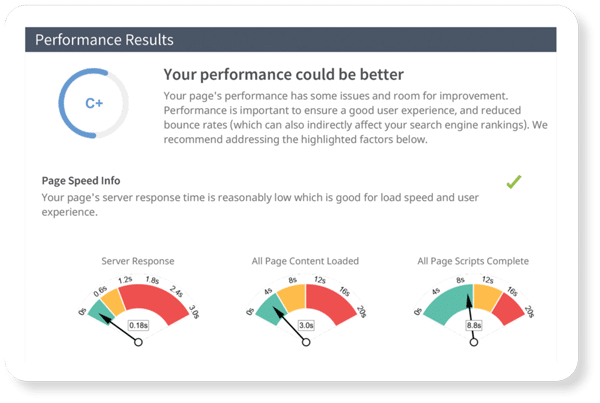During this oddest of years, it’s been hard to feel good about a whole lot. From doomscrolling to not being able to go to your favorite restaurant, from the politization of the simplest steps to help protect others to a certain callousness about death, it hasn’t been a year most of us will want to remember.
But people want to get past this, and they long for many of the things they used to do that made them feel good about themselves. Like erasing their 11s between their eyebrows with Botox injections. Like having liposuction to remove that stubborn fat pocket on the lower abdomen. Like having a smile makeover to brighten up a less-than-perfect mouth. Or like having the latest laser treatment to remove that unwanted hair.
Those are all treatments offered by cosmetic surgery practices, dentists, dermatologists, med spas, and other providers we work with at MyAdvice.
The question is: How do we get our current patients and potential patients to feel comfortable coming back into our offices? In this month’s first blog we addressed some protocols that the American Society of Plastic Surgeons (ASPS) has put in place for practices to keep their patients and their staff safe. We also included protocols for patients.
In this second blog of fall, let’s get into five areas that the ASPS recommends for helping your patients feel comfortable (and not scared) when they come in for a procedure or treatment.
- Virtual appointments
COVID-19 has accelerated many things in this country. Online schooling has taken huge leaps forward, as has online shopping. Telecommuting was a sleepy little segment of the workforce until February when it became the majority of the workforce. The virus has made companies question the value of huge office buildings when employees seem to work more productively from home.
And the same has happened with medical practices. Consultations have moved online, as have pre- and post-op instruction sessions. Obviously, you cannot move the actual treatments or surgeries into the virtual world, but much of the other contact you can.
By having as many virtual appointments as possible, this limits the number of patients physically in your practice, which allows for greater social distancing and safety. This helps your patients feel more at ease.
- Waiting rooms
The age-old practice of patients waiting shoulder to shoulder in your waiting room flipping through well-worn copies of Time magazine is over, at least for some time. Most medical practices no longer allow patients to wait together in the waiting room, opting instead to have them wait outside in their individual cars.
This limits the time patients are in your office and it keeps people away from one another. Both aspects raise the comfort level for your patients.
If possible, it’s also a good idea to have patients enter the back offices through one door and exit through another.
- Masks
The ASPS recommends masks for all patients and staff members in your practice. This is a no-brainer, as it has been proven to lower possible spread of the virus. It also makes patients feel safer.
You may have some resistance from occasional patients, but if Delta Airlines has created a list of people who no longer will be able to fly Delta because they refused to wear facemasks, your practice can do the same. It’s important to show your patients you’re serious about their safety.
- Procedure effects
The ASPS reminds practices that they need to consider how wearing a facemask can impact recovery from various treatments and procedures. For instance, otoplasty (ear surgery) recovery will be thoroughly hampered by the strings of a mask pulling on the operated upon ears. Some facial procedures such as laser skin resurfacing may be adversely impacted by wearing a mask.
- Recovery
It has always been standard practice for post-operative consultations to be done in person. The medical professional checks incisions, sutures, and looks for signs of possible infection. The ASPS now recommends that you move these consultations online, if possible. Today’s high-definition cameras on our phones and computers allow excellent visualization of incisions and the like. Plus, you can advise your patients on what they need to look for when it comes to possible signs of infection.
Of course, major procedures, such as a tummy tuck, may still require office visits, but the ASPS wants practices to move as many as possible online. This keeps everyone safer, and it doesn’t need to jeopardize the quality of your after-procedure care.
Those are five ways the ASPS recommends practices keep their patients and their staff members safe, and to help everyone feel more comfortable coming back in for the various treatments and procedures you provide. Some of these trends may endure, such as virtual consultations. Others like abolishing waiting rooms will probably be temporary measures. Time will tell.
If you have any questions about other things you can be doing to maintain the peace of mind in your patients and staff members during these times simply contact your MyAdvice representative. Or, if you’re not yet a client practice of ours, please fill out a contact form and let’s talk.


